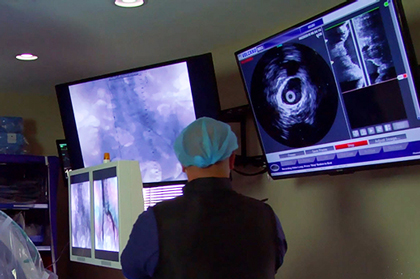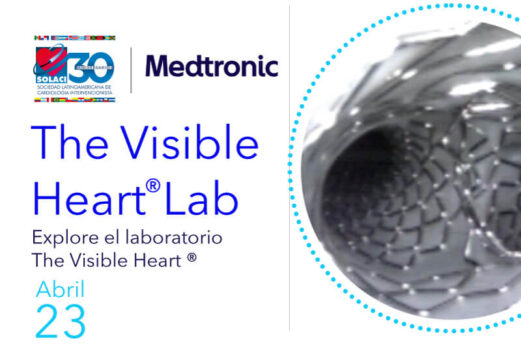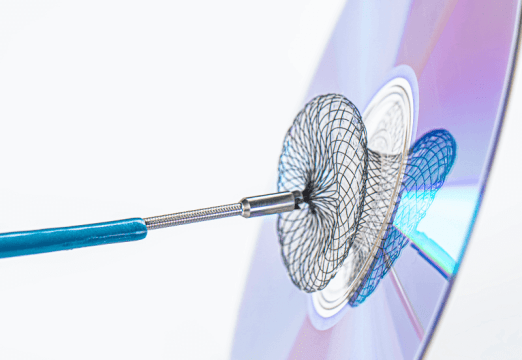The use of intravascular ultrasound (IVUS) has seen exponential growth across registries over the years, combined with mounting and increasingly robust evidence. The fact that it will enable us to characterize plaque morphology and extension prior the intervention, and even assess stent expansion post intervention, has turned it into a pillar of our efforts to improve complicated outcomes, outweighing angiography guided PCI in multiple randomized studies.

However, in the clinical context of acute coronary syndrome (ACS) no evidence is yet strong enough for us to claim it is essential.
Even though in most ACS patients we will normally be able to identify the culprit lesion and perform an angioplasty, a not insignificant percentage of patients will raise questions, such as those presenting clinical heterogeneity, with no changes in ECG and even an absence of segmentary alterations in the echocardiogram. In these cases, a 30% might lack a culprit lesion and around 10% will present multiple lesions potentially culprit. Which is why an imaging diagnostic tool such as IVUS might be able to answer these questions.
In this observational study recently published in AHA, researchers set to find out whether the use of IVUS has any clinical impact in the treatment of ACS in the long term.
Read also: IVUS vs iFR for Left Main Decision Making.
They analyzed ACS patients without ST elevation MI, intervened with second generation stents, from the Korea Acute Myocardial Infarction Registry-National Institutes of Health (KAMIR-NIH) followed up at 3 years, between 2011 and 2015. Primary end point was target lesion failure (TLF) at 3 years, which is a combination of cardiac death, myocardial infarction, and ischemia driven revascularization of culprit lesion.
Of the overall studied population (n=9007), 7120 patients received a second-generation stent guided by angiography, and in 1887 patients the intervention was guided by IVUS.
Researchers observed the risk of TLF at 3 years was significantly lower in the IVUS group vs. the angiography guided group (HR, 0.59, 0.47-0.73, p<0.001), mainly at the expense of cardiac mortality and target vessel myocardial infarction.
Read also: IVUS vs OCT to Guide PCI: Which Should We Choose?
Such a drop in primary end point maintained across multiple sensitivity analysis and across different pre-specified subgroups. The same happened with secondary end points of cardiac mortality (HR=0.56, 0.42-0.73 p<0.001) and MACE (HR=0.76, 0.66-0.87, p<0.001).
Authors’ Conclusions
With the limitations of a randomized study, sensitivity and propensity analysis were carried out, resulting in significantly reduced TLF at 3 years, at the expense of hard end points such as morality and target vessel myocardial infarction. These outcomes suggest an important role of IVUS in the treatment of acute coronary syndrome.

Dr. Omar Tupayachi.
Membro do Conselho Editorial da SOLACI.org
Original Title: Role of Intravascular Ultrasound-Guided Percutaneous Coronary Intervention in Optimizing Outcomes in Acute Myocardial Infarction.
Subscribe to our weekly newsletter
Get the latest scientific articles on interventional cardiology





